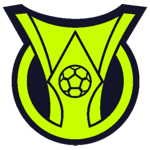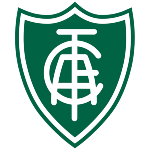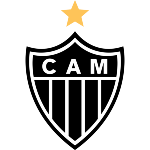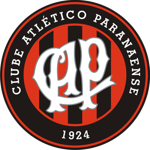The Taça Brasil

The Taça Brasil was a tournament created by the CBD (precursor of the current CBF) in 1959 to indicate the Brazilian representatives for the Taça Libertadores da América. The state champion teams participated in the Taça Brasil (in the 1961, 1964, 1965 and 1966 editions, the state of São Paulo was represented by two teams). The teams from Rio de Janeiro and São Paulo entered the semifinals. The Taça Brasil is also considered the forerunner of the Copa do Brasil, but since December 2010 it has gained recognition as the Campeonato Brasileiro.
Botafogo is the oldest team in Rio de Janeiro

Botafogo is the oldest team in Rio de Janeiro: it was founded on 7/1/1894 as a racing club. In 1904, from this club was born a football team called Electro Club. The name was short-lived: months later it was decided to use the name of the neighborhood for the football team, then called Botafogo Football Club. Only in 1942 did Botafogo de Futebol e Regatas appear, a merger between the regatta club and the football team.
Test yourself with one of these challenges 👇
Discover some interesting facts about Brasileirão
America's name and colors were chosen by lot

America's name and colors were chosen by lot. On April 30, 1912, the girl Alda Meira, sister of one of the founders, took the little paper with the name América Foot-Ball Club, which later had the spelling changed. The same process was used to define green and white as the team colors. The year after the foundation, the black of the shorts also became part of the team's official colors.
On March 25, 1908

On March 25, 1908, a group of 22 students gathered at the bandstand in the Municipal Park of Belo Horizonte to found the Athlético Mineiro Football Club, which five years later became Clube Atlético Mineiro (CAM).
If throughout its centenary history Atlético revealed great players to Brazil

If throughout its centenary history Atlético revealed great players to Brazil, its first revelation, back in 1909, was in the field of literature: the first Galo goal in history was scored by Aníbal Machado, who would later become a poet and writer. , famous mainly for the work “Journey to the breasts of Duília”.
The Hurricane emerged from the merger of the Internacional Foot-Ball Club

The Hurricane emerged from the merger of the Internacional Foot-Ball Club, founded by Joaquim Américo Guimarães, after whom Arena da Baixada is named, and the América Foot-Ball Club, founded by a group of members of Internacional. The first official match for the Red-Black team was played with Internacional's shirt because the new team's uniform had not been ready. The game took place on April 6, 1924 and Athletico beat Universal FC 4-2.
Athlético earned the nickname Hurricane in the 1949 State Championship

Athlético earned the nickname Hurricane in the 1949 State Championship. There were 10 wins in 12 games, including a 3 x 1 and a 5 x 2 in Atletibas (disputes against rival Coritiba). The team scored a total of 49 goals in the league and won the title with two games to spare.
Test yourself with one of these challenges 👇
HOME













